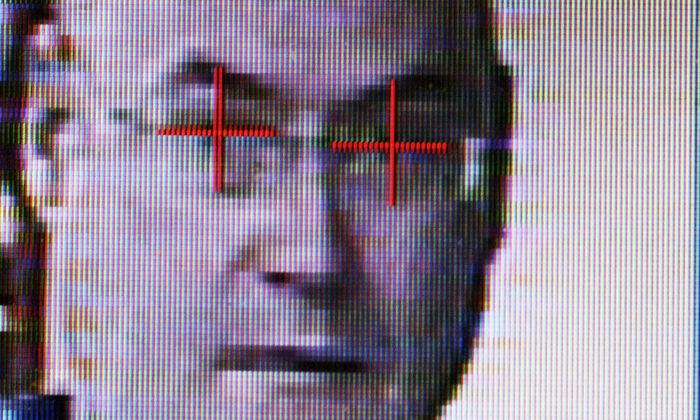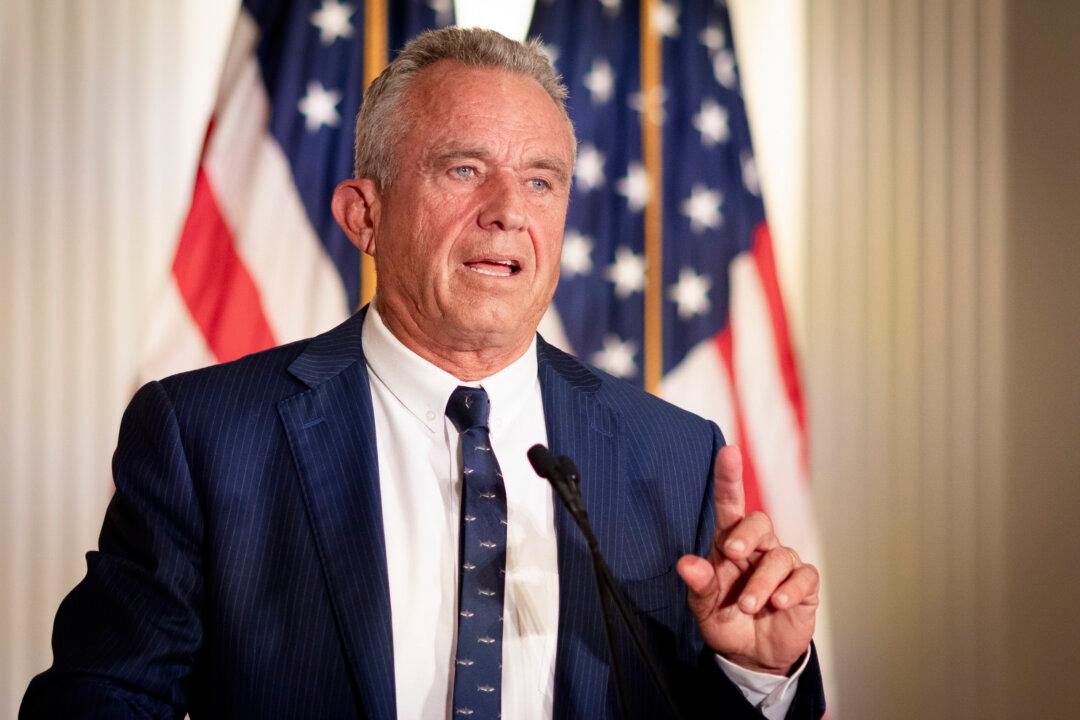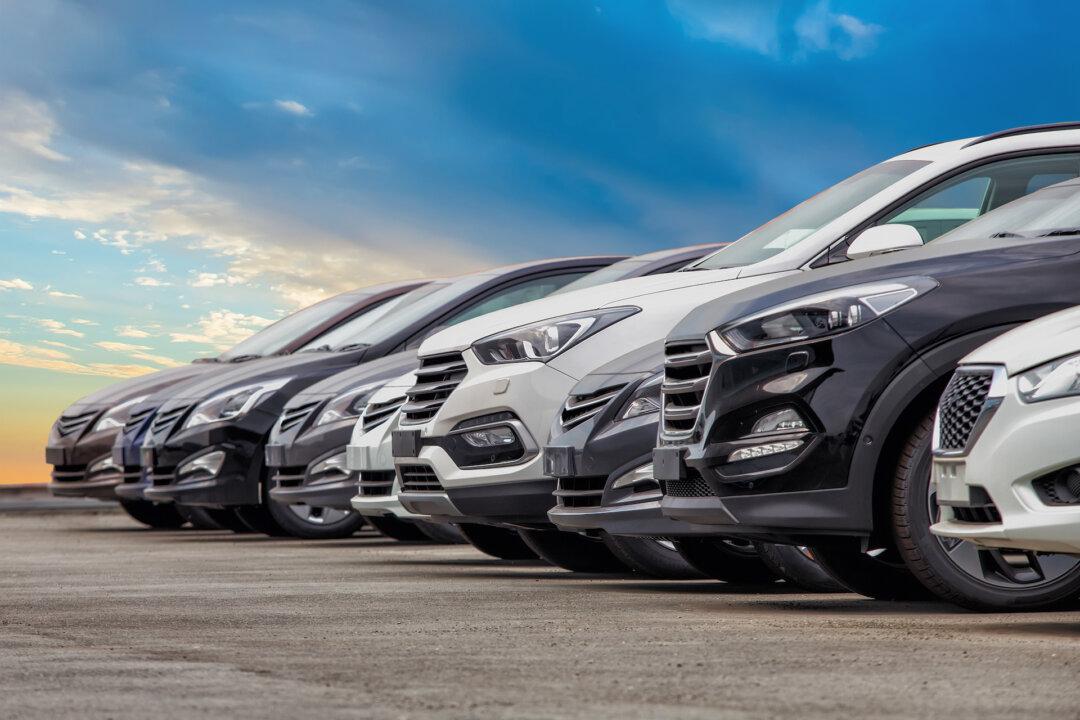While airline lounges still serve reheated frittata and boarding gates haven’t yet mastered punctuality, the real frontier in Australian air travel is biometric.
Western Sydney’s new airport promises a facial recognition system so slick it could make Hong Kong blush and Singapore reassess.
But is the convenience worth the cost of privacy or just the price of pretending we’re a serious transport hub?
The Future Is Watching You (Literally)
When Western Sydney International Airport (or WSI) opens in 2026, it’ll be the poster child for biometric boarding.Gone are the quaint relics of yesteryear like check-in counters, boarding passes, and the gentle humiliation of rummaging for a pen to fill in your departure card.
In their place: a “digital journey pass” that links your face to your flight, your passport, and, possibly, your complete psychological profile if you so much as blink suspiciously at security.
Biometric systems will scan your face at baggage drop, at security, at the gate, and probably while you’re deciding whether to buy a $14 chicken focaccia.
No touch. No papers. Just your face, assuming it’s looking photogenic that day and hasn’t been confused with a family member, or the woman in seat 14C who also has cheekbones.
According to the International Civil Aviation Organisation (ICAO), this isn’t just a technological upgrade, it’s the biggest shift in aviation since we stopped smoking in the cabin and started pretending to like turmeric lattes.

Just Smile for Surveillance
Australian Travel Industry Association CEO Dean Long, clearly delighted that our airports will finally look like they weren’t designed on Windows 95, says the change is overdue.And he’s not wrong. The systems at Sydney and Melbourne airports break more often than my resolutions, and don’t get me started on the queue that begins somewhere around the equator.
But is shaving 10 minutes off the check-in line really worth surrendering your biometric identity to a faceless algorithm with attachment issues?
Cue Amadeus. No, not the composer, though it’s equally dramatic.
This travel tech giant has partnered with WSI to deliver what they call the “seamless digital passenger experience.”
What Could Possibly Go Wrong?
Look, it all sounds fabulous if you’re a perfectly lit, clean-shaven individual whose face hasn’t changed since their passport photo.But what about the rest of us? The bleary-eyed, the jet-lagged, the ones who decided to grow a fringe in a moment of lockdown madness?
Biometric technology is famously moody. It has trouble telling identical twins apart. Or people with similar cheekbones. Or basically anyone whose face isn’t regularly featured in government-approved databases.

The false positive rate on some systems sits at around 1 percent, which sounds tiny unless you’re that 1 percent, in which case, congratulations, you’re now a flight risk because your left eyebrow dared to arch too confidently.
And then there’s privacy.
Officially, we’re told the systems will wipe your facial data within 15 seconds of use, which is comforting in the same way someone swearing they definitely deleted that photo of you at karaoke is comforting.
In the United States, some systems hold onto your image for up to 24 months, for “evaluation.” Presumably by people with clipboards and a loose definition of consent.
Critics warn that once biometric infrastructure is in place, the temptation for “mission creep” becomes irresistible.
Today, it’s boarding a flight. Tomorrow, it’s being tracked across Westfield shopping centres for daring to linger too long near the doughnut stand.
And while agencies promise opt-out options, they’re often buried under signage smaller than a budget Jetstar seat pitch.
Glowing Gates and Glaring Questions
Of course, proponents say this is all for our benefit.Streamlined boarding. No more fumbling at the gate. No more panicked shrieks of “where’s my passport” two metres from the scanner.
But there’s something vaguely dystopian about the idea that we’re bartering away the last shreds of anonymity for a slightly less awful airport sandwich.
And while we’re on the topic: the new system only works if your face actually matches the one in your passport.
Ready for Takeoff or Just Taken?
So what do we do? Smile sweetly into the digital void? Swaddle our faces in sunscreen and secrecy? Or start insisting on being manually verified just to give the algorithm a nervous breakdown?For now, the answer seems to be: get used to it.
Unless governments miraculously decide to invest the billion-dollar Passenger Movement Charge into meaningful safeguards (pause for laughter), most of us will be scanned, processed, and tagged like carry-on with a chip on its shoulder.
But chin up. The facial recognition revolution may be watching you, but at least you won’t have to print your boarding pass at a kiosk run by a printer that hasn’t worked since 2014.
And that, my friend, is progress. Probably.







